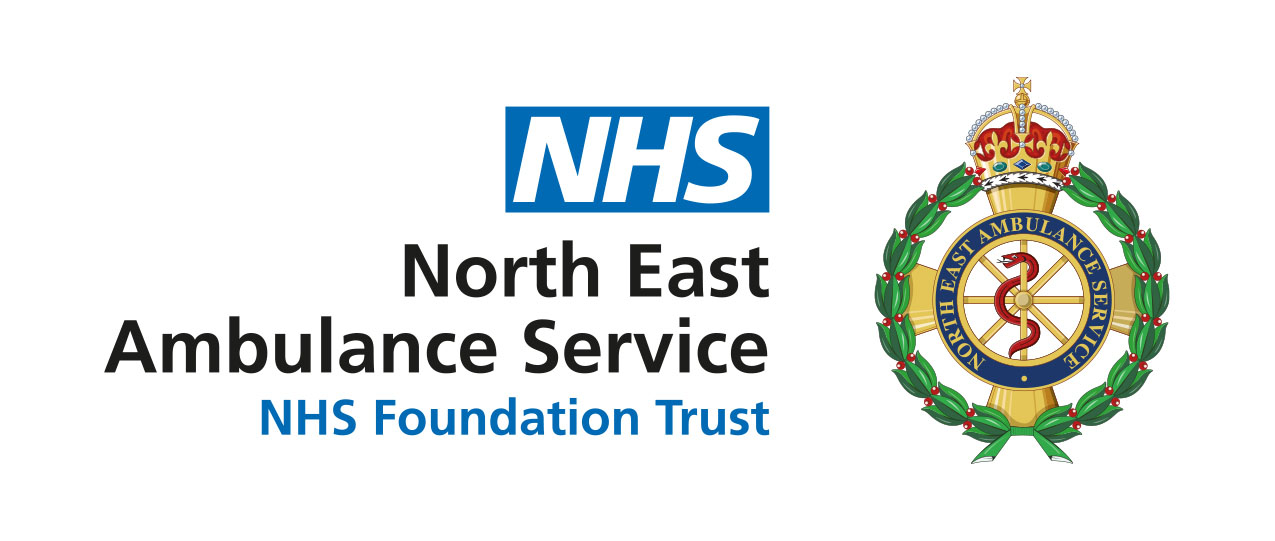Brother and ambulance crew get Carter – just in time
A Newcastle man was effectively dead for 20 minutes, but Bruce Carter is alive thanks to his brother, a passer-by and a team from the North East Ambulance Service.
Bruce, a 61 year-old self-employed plumber, suffered a cardiac arrest while out cycling around Tyneside with his brother Tristram. The brothers were reunited with the ambulance crew so Bruce could thank them.
Tristram takes up the story of what happened on the day.
“We had cycled to North Shields and got the ferry. He said he felt uncomfortable, with pains in his shoulders, but I put that down to the fact that he hadn’t been on a bike for quite some time. We were going to get the Metro back. We were pushing our bikes up a road to Chichester station.
“I was slightly ahead of him but when I looked back he was down on the ground. I was expecting him to be dehydrated and suffering from heat exhaustion but when I got to him he was totally lifeless. I started CPR (cardiopulmonary resuscitation). A passer-by called Peter offered to help, so he took over while I rang for an ambulance.”
Clinical advisor Lisa Ahmed took the call from Tristram. “It was clear he and the passer-by were doing a really good job with CPR. They were very focussed and it was crucial that CPR was administered so quickly.”
The Monkton-based crew of paramedic Michael Hugo, student paramedic Paul Wales and emergency care assistant Emma Newton were only minutes away when they got the call to respond.
Michael said: “Paul took over CPR and we realised he was in ventricular fibrillation which is a cardiac arrest and required a defibrillation shock so his heart could then be re-started. After the shock CPR continued and eventually his heart went into a normal rhythm.
“We got him on to a stretcher and into the ambulance. By the time he woke up, he was understandably very confused and didn’t know where he was. The one thing he did say was that he didn’t want to go to a ‘red and white’ hospital!
“Effectively he had died for 20 minutes – he had stopped breathing and didn’t have a pulse. His brother and the passer-by helped to save Mr Carter’s life – he needed CPR with the initial cardiac arrest.”
Paul said: “Tristram and the passer-by were doing excellent compressions when we arrived.” While for Emma, it was the most dramatic case after changing jobs a couple of months ago from being an office-based health advisor to working on an ambulance.
Mr Carter was taken to South Tyneside Hospital, and then transferred to the Sunderland Royal Hospital where he had stents inserted.
Bruce, from Thorntree Drive in Newcastle, said: “My brother is trained in first aid and used CPR – that’s probably what saved me – meaning my brain wasn’t starved of oxygen.
“I’m very grateful to the crew. They were fantastic, helping to treat me and reassuring me. I just wanted to thank them personally for what they did. At first I was making light of what happened, but after a couple of days the seriousness of what happened struck home.”
Tristram, an RAF Squadron Leader who works in air safety, added: “The ambulance crew were wonderful, they were the ones who brought him round.”
Notes to editors
Notes to editors
Caption for photo 8025 - left to right: Paul, Emma, Tristram, Bruce and Michael.
For more information, contact the NEAS press office on 07559 918672 or email publicrelations@neas.nhs.uk
About North East Ambulance Service
North East Ambulance Service NHS Foundation Trust (NEAS) covers 3,200 square miles across the North East region. It employs more than 2,600 staff and serves a population of 2.7 million people by handling all NHS111 and 999 calls for the region, operating patient transport and ambulance response services, delivering training for communities and commercial audiences and providing medical support cover at events.
In 2017/18 the service answered over 1.4 million emergency 999 and NHS 111 calls, responded to 280,00 incidents that resulted in a patient being taken to hospital, treated and discharged 27,000 patients with telephone advice and treated and discharged over 100,000 patients at home. In the same year, clinical crews responded to 126,746 of our highest priority patients within the national targets and scheduled care crews completed almost 580,000 patient transport journeys.
